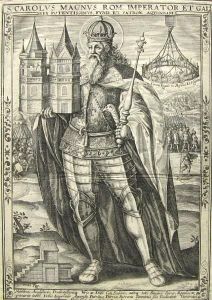Gerhard Altzenbach Paintings
Gerhard Altzenbach was a notable figure in the world of art and printmaking during the late Renaissance and early Baroque periods. Born in 1587, his life and career were deeply intertwined with the cultural and artistic movements of his time. Altzenbach was not only a witness to the shifts in artistic preferences and techniques but also an active participant in the evolution of printmaking, which was an essential medium for disseminating art and ideas during his era.
Altzenbach's contributions to art were primarily through his expertise in engraving and etching. These techniques allowed for detailed and reproducible artworks, which played a crucial role in the spread of artistic and scientific knowledge across Europe. His works include a variety of subjects, from religious themes to portraits and landscapes, reflecting the broad interests and styles of the period.
Despite the lack of extensive records about his personal life, Altzenbach's artistic output suggests that he was deeply engaged with the intellectual and cultural currents of his time. His engravings often exhibit a keen eye for detail and a mastery of the medium that was highly regarded by his contemporaries. Through his work, Altzenbach contributed to the ongoing development of printmaking as a respected art form, influencing not only his immediate peers but also future generations of artists.
The death of Gerhard Altzenbach in 1641 marked the end of an era that bridged the Renaissance's rich artistic legacy with the burgeoning Baroque movement's dynamism and complexity. His life and work remain a testament to the enduring power of printmaking as a tool for artistic expression and communication, reflecting the intricate interplay between art, technology, and society in early modern Europe.
